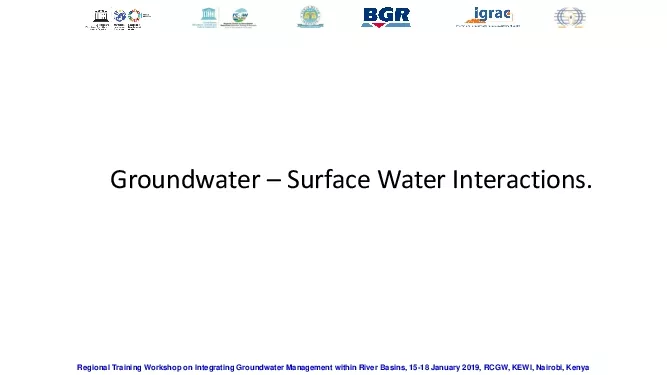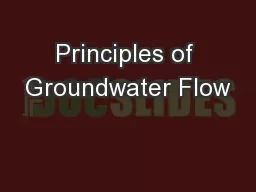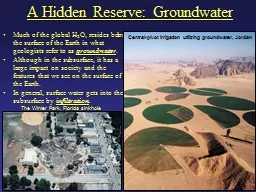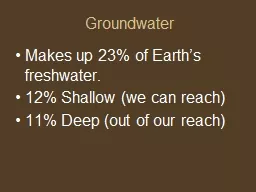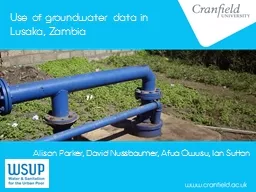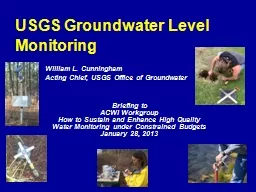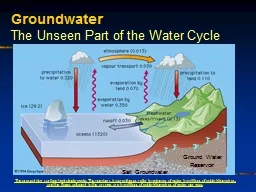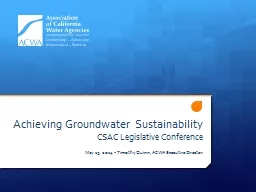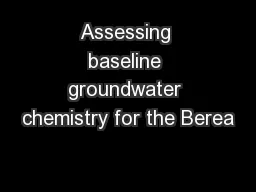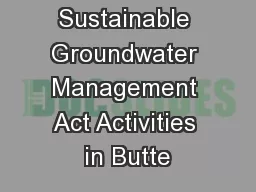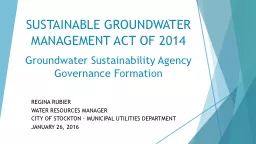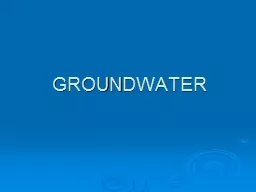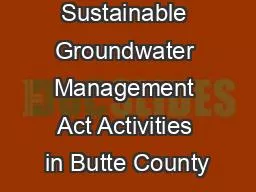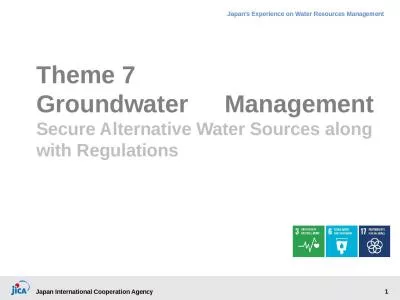PDF-Regional Training Workshop on Integrating Groundwater Management withi
Author : riley | Published Date : 2021-08-07
18 January 2019 RCGW KEWI Nairobi KenyaGroundwater Surface Water Interactions Regional Training Workshop on Integrating Groundwater Management within River Basins
Presentation Embed Code
Download Presentation
Download Presentation The PPT/PDF document "Regional Training Workshop on Integratin..." is the property of its rightful owner. Permission is granted to download and print the materials on this website for personal, non-commercial use only, and to display it on your personal computer provided you do not modify the materials and that you retain all copyright notices contained in the materials. By downloading content from our website, you accept the terms of this agreement.
Regional Training Workshop on Integrating Groundwater Management withi: Transcript
Download Rules Of Document
"Regional Training Workshop on Integrating Groundwater Management withi"The content belongs to its owner. You may download and print it for personal use, without modification, and keep all copyright notices. By downloading, you agree to these terms.
Related Documents

